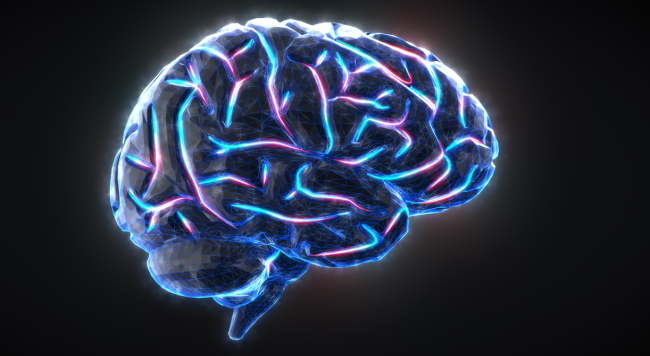iStockphoto
Some of you may remember that back in 2015 a neurosurgeon named Sergio Canavero made headlines for saying he was going to perform a full human head transplant.
The good doctor announced that he was going to transplant the head of Valery Spiridono, a Russian man who suffered from Werdnig-Hoffmann disease, a form of spinal muscle atrophy, to a completely different body.
The plan back then was for both Spiridono’s head and the donor body to be frozen for the procedure in order to survive a lengthy period without oxygen.
If that sounds gruesome, you’re right!
Dr. Hunt Batjer, president elect of the American Association for Neurological Surgeons at the time, said, “I would not wish this on anyone. I would not allow anyone to do it to me as there are a lot of things worse than death.”
Thankfully, the procedure on Spiridono, which Dr. Canavero predicted would take around 36 hours to complete never happened because Spiridono eventually decided it wasn’t such a great idea after all.
That hasn’t stopped Dr. Canavero from continuing to dream, however.
Now, in a new paper published in the medical journal Surgical Neurology International, he says performing a brain transplant from one body to another is “technically feasible.”
Project PERSEUS, as Dr. Canavero calls it, wants to transplant a “old brain into a young immunoconditioned body” or into a “nonsentient clone.”
How would he do that? IFL Science reports…
Both patients – the body recipient and body donor – would be tracheotomized and ventilated, while in an upright position, before “scalping of the head down to the orbital ridges” begins.
The brains are swapped after the skull cap has been removed, and the nerves fused using polyethylene glycol, which has shown promise in post-traumatic nerve repair. He notes that variation in the diameter of the cranial nerves of both patients must be scanned prior to the procedure, except in the case of clones.
“The patient is expected to emerge from post transplant-induced coma with cranial nerve function already present or rapidly recovering,” he writes.
He’s also given up on his plan to perform a human head transplant, despite already having completed the world’s first human head transplant on a corpse back in 2017.
“A human head transplant was the intermediate step towards a brain transplant. Since the latter is considered impossible, I decided to focus on HT [head transplant], which is far simpler,” Canavero told Motherboard. “However, although I can tell you HT works, unfortunately it does not rejuvenate aged head tissues, including the eyes. BT [Brain transplant] is the only option.”
In conclusion, the doctor wrote in his research paper, “Contrary to common lore, a full BT is achievable, at least theoretically. Of course, further extensive cadaveric rehearsals will be necessary, followed by tests in brain-dead organ donors (as e.g., done recently in kidney xenotransplants). New surgical tools will have to be developed. With appropriate funding, a long-held dream may finally come true.”
This is a dream? Sounds more like a nightmare.

